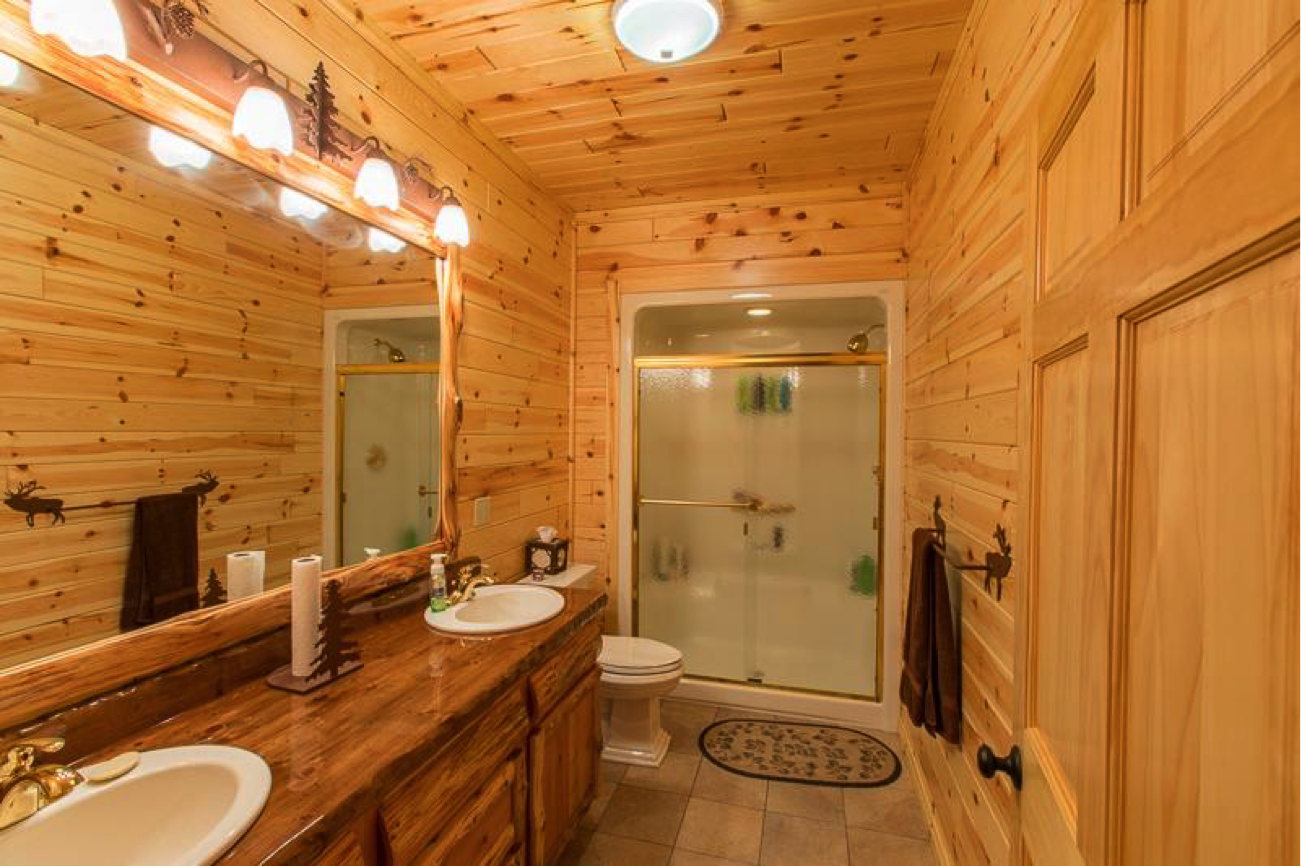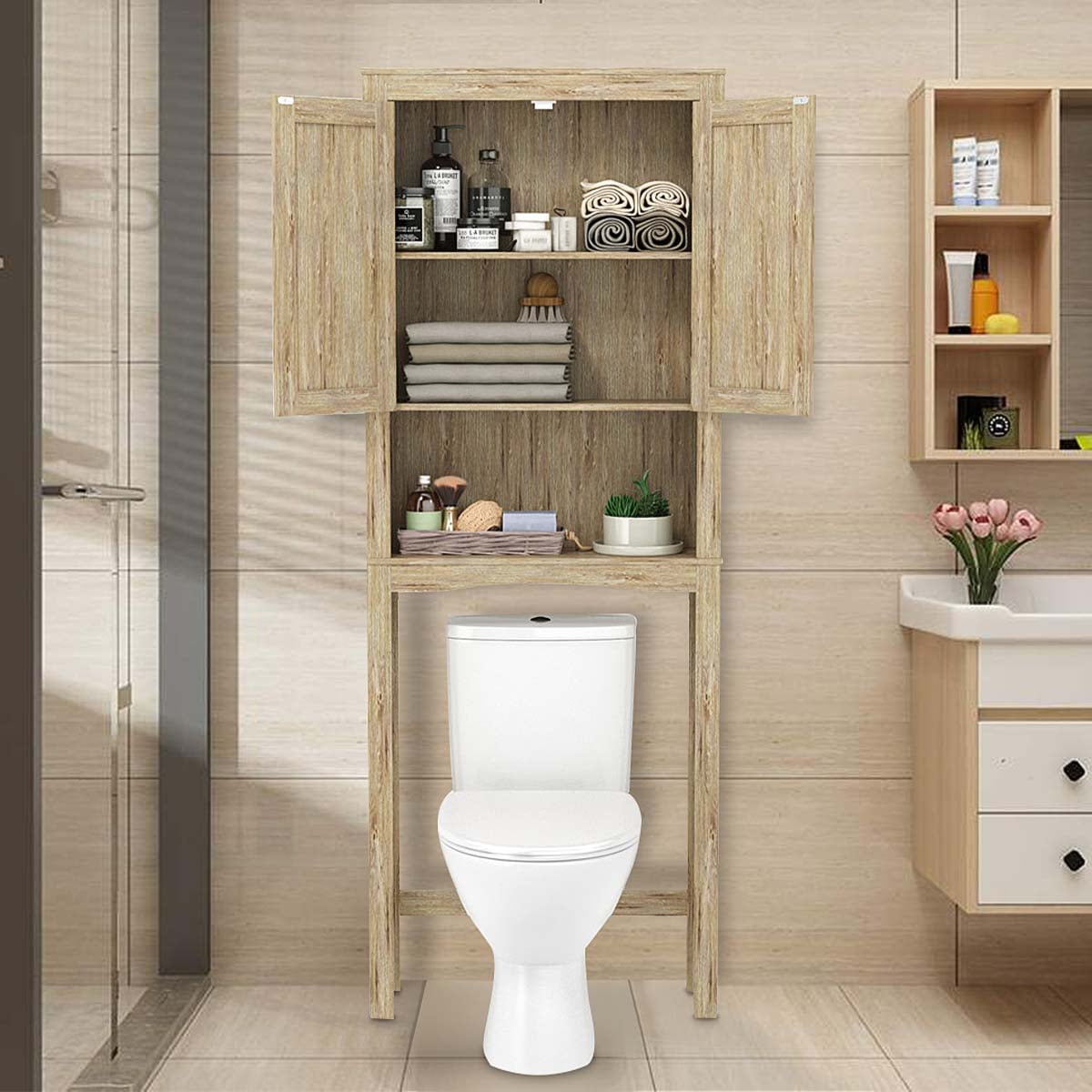Practical Considerations

Installing wood over your toilet cabinet can be a great way to enhance the aesthetics and functionality of your bathroom. However, like any home improvement project, it’s important to weigh the pros and cons before diving in.
Benefits
- Enhanced Aesthetics: Wood adds warmth and character to your bathroom, creating a more inviting and stylish space. You can choose from various wood types, finishes, and styles to match your existing decor or create a unique look.
- Durability: Wood is a strong and durable material, capable of withstanding the daily wear and tear of a bathroom environment.
- Moisture Resistance: While wood is susceptible to moisture damage, proper sealing and maintenance can significantly enhance its moisture resistance.
Drawbacks
- Increased Cost: Installing wood over your toilet cabinet can be more expensive than other options, such as painting or wallpapering. The cost of wood, tools, and labor can add up.
- Potential for Warping: Wood is susceptible to warping, especially in humid environments. It’s essential to choose moisture-resistant wood and seal it properly to minimize the risk of warping.
- Maintenance: Wood requires regular cleaning and maintenance to prevent damage and preserve its appearance. This may involve dusting, wiping down spills, and applying sealant periodically.
Installation Guide
Installing wood over your toilet cabinet requires careful planning and execution. Here’s a step-by-step guide:
Material Selection
- Wood Type: Choose a wood type that is moisture-resistant and durable, such as cedar, redwood, or teak.
- Thickness: Select a thickness that is appropriate for the size and weight of your toilet cabinet.
- Finish: Consider the desired aesthetic and choose a finish that complements your bathroom decor.
Cutting
- Measure Carefully: Measure the dimensions of your toilet cabinet and the wood panel to ensure a perfect fit.
- Use a Circular Saw or Table Saw: Cut the wood panel to size using a circular saw or table saw.
- Sand the Edges: Sand the edges of the wood panel to remove any rough edges and create a smooth finish.
Fastening
- Use Construction Adhesive: Apply construction adhesive to the back of the wood panel and the toilet cabinet.
- Secure with Screws: Secure the wood panel to the toilet cabinet using screws.
- Pre-drill Holes: Pre-drill holes in the wood panel to prevent splitting when driving screws.
Finishing
- Apply Primer: Apply a primer to the wood panel to create a smooth surface for the finish.
- Paint or Stain: Apply paint or stain to the wood panel to achieve the desired color and finish.
- Seal the Wood: Apply a sealant to protect the wood from moisture damage and enhance its durability.
Wood Comparison Table
| Wood Type | Pros | Cons | Cost |
|---|---|---|---|
| Cedar | Naturally moisture-resistant, aromatic, durable | Can be soft, susceptible to insect damage | Medium |
| Redwood | Durable, naturally resistant to rot and decay, attractive grain | Can be expensive, susceptible to insect damage | High |
| Teak | Extremely durable, weather-resistant, beautiful grain | Expensive, can be heavy | Very High |
Design and Style

Adding wood paneling to the toilet cabinet can elevate the space from mundane to stylish. You can choose from a variety of wood species, finishes, and design elements to create a look that reflects your personal taste and the overall aesthetic of your bathroom.
Wood Species and Finishes, Wood over the toilet cabinet
The choice of wood species significantly impacts the overall look and feel of the paneling. Here are some popular options:
- Oak: A classic choice, oak offers durability, a beautiful grain pattern, and a range of finishes. It can be stained to achieve a variety of colors, from light and warm to dark and rich.
- Maple: Maple is known for its smooth, consistent grain and its ability to accept a wide range of stains. It is often used for modern and contemporary designs.
- Cherry: Cherry wood has a rich reddish-brown hue and a distinctive grain pattern. It ages beautifully over time, becoming more vibrant with exposure to sunlight.
- Walnut: Walnut has a distinctive, bold grain pattern and a warm, rich color. It is often used for rustic and traditional designs.
The finish you choose can further enhance the beauty of the wood. Some common finishes include:
- Staining: Staining allows you to enhance the natural color of the wood and create a desired shade.
- Painting: Painting the wood paneling can provide a clean, modern look or add a pop of color to the space.
- Varnish: Varnish provides a protective layer that enhances the natural beauty of the wood and protects it from moisture and scratches.
Moldings and Decorative Elements
Moldings and decorative elements can add visual interest and sophistication to the wood paneling. Some common options include:
- Crown molding: Crown molding adds a decorative touch to the top of the paneling, creating a finished look.
- Baseboard molding: Baseboard molding creates a clean and polished look at the bottom of the paneling.
- Chair rail molding: Chair rail molding adds a horizontal line to the paneling, dividing the space and adding visual interest.
- Wainscoting: Wainscoting is a type of paneling that covers the lower portion of the wall. It can be used to create a traditional or modern look, depending on the design and style.
Design Styles
The style of your bathroom will influence the choice of wood species, finishes, and decorative elements.
- Rustic: A rustic style toilet cabinet paneling might feature rough-hewn wood, such as reclaimed barnwood, with a natural finish. Consider adding distressed or antique-looking hardware to complement the rustic feel.
- Modern: A modern style toilet cabinet paneling might feature sleek, minimalist designs with smooth, clean lines. Consider using maple or walnut with a natural or stained finish. Minimalist hardware in brushed nickel or black would complement the modern look.
- Traditional: A traditional style toilet cabinet paneling might feature classic wood species, such as oak or cherry, with a rich, warm finish. Consider adding decorative moldings, such as crown molding or chair rail molding, to enhance the traditional look. Polished brass hardware would complement the traditional aesthetic.
Design Ideas
Here are some design ideas for wood paneling over a toilet cabinet:
| Style | Description | Image |
|---|---|---|
| Rustic | Reclaimed barnwood paneling with a natural finish, distressed hardware, and a simple crown molding. | [Image of a rustic toilet cabinet paneling with reclaimed barnwood, a natural finish, distressed hardware, and a simple crown molding.] |
| Modern | Maple paneling with a natural finish, sleek, minimalist hardware, and no moldings. | [Image of a modern toilet cabinet paneling with maple, a natural finish, sleek, minimalist hardware, and no moldings.] |
| Traditional | Oak paneling with a rich, warm finish, crown molding, and polished brass hardware. | [Image of a traditional toilet cabinet paneling with oak, a rich, warm finish, crown molding, and polished brass hardware.] |
Integration and Functionality: Wood Over The Toilet Cabinet

Adding wood paneling over a toilet cabinet can seamlessly blend with your existing bathroom design while enhancing its functionality. This approach not only elevates the visual appeal but also provides opportunities to create a more practical and personalized space.
Blending with Existing Bathroom Fixtures and Decor
The success of integrating wood paneling hinges on its ability to complement the existing bathroom fixtures and decor. The key is to select wood species, finishes, and patterns that harmonize with the overall design theme.
For example, if your bathroom features a modern aesthetic with sleek chrome fixtures, a clean-lined wood paneling in a light oak finish would create a cohesive and contemporary look. Alternatively, if your bathroom leans towards a traditional style with brass fixtures and ornate details, a rich mahogany paneling with a slightly distressed finish would enhance the vintage charm.
Incorporating Storage Solutions
Wood paneling presents an excellent opportunity to introduce storage solutions into your bathroom.
* Shelves: Open shelves can be seamlessly integrated into the paneling, providing convenient storage for towels, toiletries, or decorative items. You can create a tiered shelving system to maximize vertical space or opt for a single shelf for a minimalist look.
* Drawers: Integrating drawers into the paneling offers discreet storage for items you prefer to keep hidden. These drawers can be fitted with soft-close mechanisms for a quiet and elegant experience.
Creating a Focal Point
Wood paneling can serve as a visual focal point in your bathroom, drawing attention to the area and adding a sense of depth and dimension.
* Accent Wall: By using a contrasting wood species or finish, you can create an accent wall that highlights the toilet cabinet area. For example, a dark walnut paneling against a light-colored wall would create a striking visual effect.
* Patterned Paneling: Consider incorporating patterned wood paneling, such as shiplap or beadboard, to add texture and visual interest to the area.
Incorporating Lighting Elements
Lighting plays a crucial role in bathroom functionality and aesthetics.
* Recessed Lighting: Recessed lighting can be incorporated into the wood paneling, providing a clean and modern look while illuminating the area effectively.
* Sconces: Wall sconces mounted on the paneling can add a touch of elegance and provide ambient lighting. Choose sconces that complement the overall design theme and match the existing bathroom fixtures.
* LED Strip Lighting: LED strip lighting can be concealed within the paneling, creating a soft and diffused glow. This technique can be particularly effective in highlighting the wood grain or adding a subtle ambiance.
Wood over the toilet cabinet – Adding a shelf or cabinet above the toilet is a common way to maximize bathroom storage, but the space can be difficult to access. Instead of struggling to reach the back of a shelf, consider incorporating a pull out drawer for bathroom cabinet into your design.
This clever solution allows for easy access to all your bathroom essentials, even those tucked away above the toilet.
Adding wood over the toilet cabinet can be a great way to add storage and visual interest to your bathroom. If you’re looking for more extensive bathroom cabinet options, you might consider browsing for bathroom cabinets in Ocean City, MD , where you’ll find a wide range of styles and sizes to suit your needs.
No matter which route you choose, wood accents can definitely enhance the overall aesthetic of your bathroom.
